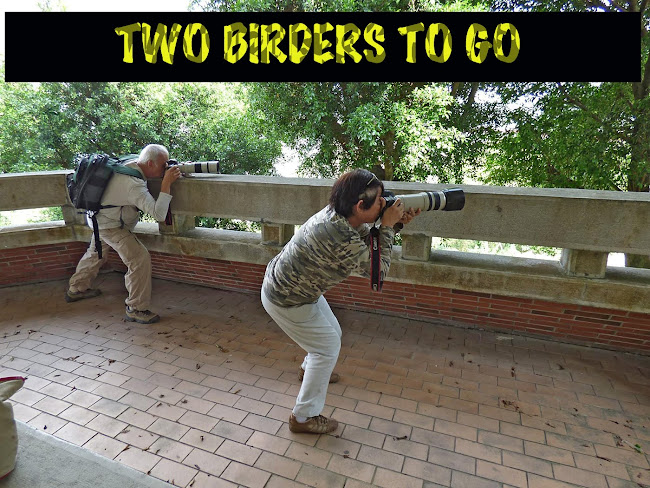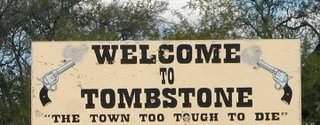The overcast skies of last Saturday was a great relief
to the blistering heat of the past week. Southern California experienced
record-breaking temperatures and high humidity. And so we joyously jumped into
our Jeep and proceeded to our intended destination for that particular morning
- Crystal Lake, high in the San Gabriel Mountains. As we negotiated the narrow
and winding road, we noticed the fog getting thicker and thicker. Cynthia
commented that visibility is down to 40 feet (actually, for me it was more like
20 because I wasn't wearing my glasses. But, of course, I didn't tell her
that). About halfway up, we decided to turn around, lest we end up in the
canyons below instead of the summit above.
Back on the freeway where visibility was again good, we
decided to just go to the local nature center in Pasadena. There we saw the
usual suspects - birds we expected to see there. We then tried a trail that we
have not gone to before. As we approached a pile of rocks, I saw a wren that I
thought I have not seen in this area before.
"Rock Wren", I whispered to Cynthia.
"Is that a lifer for you?", she asked.
"Not really", I replied, "we've seen one
in Patagonia last year"
So we decided to stake out the tiny bird, since it was
popping in and out of the rockpile. I had at that time my old camera body
with my 300mm lens and a 1.4 converter attached to it. My good camera (Canon
20D) was out of commission and I didn't want to bring the 500mm monster lens at
this trip. Now this camera (Canon 300D) was excruciatingly slow and does not do
well in the kind of lighting conditions we had at that time (overcast skies,
remember?). Nevertheless, I still managed to get a few shots of the bird,
albeit not as sharp as I hoped them to be.
When I uploaded the images at home, it seemed to me that
the bird did not look like a Rock Wren at all. (I just concluded, when I
first saw it among the rocks..rocks..wren..must be a rock wren).
Consulting my field guide, I was pleasantly surprised to learn that the bird we
just saw was actually a Canyon Wren! Now that was a lifer for me! Thinking
back..we were at Eaton Canyon Nature Center, so I should have concluded
canyon...wren...Canyon Wren! We are always smarter at hindsight, aren't we?


.jpg)
.jpg)














